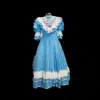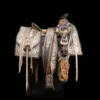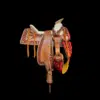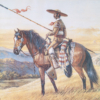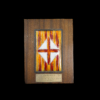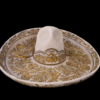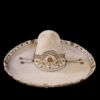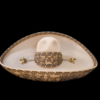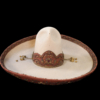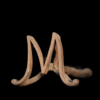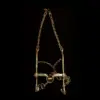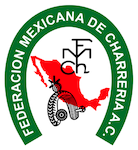The 1894 Winchester 30-30 caliber (WCF) carbine is a historical relic of remarkable value. Its brass buttplate stands out elegantly, providing a touch of distinction. The stock features a masterfully carved emblem depicting a republican eagle, symbol of freedom and sovereignty.
The case and handguard are embellished with intricate engravings in the bouquet style, adding a dose of sophistication and handcrafted detail to this unique piece. The chamber features exquisite gold damascene-style damascene work, a tribute to the ornamental art of inlay, which elevates the aesthetics and authenticity of this carbine to exceptional levels.
The 1894 Winchester carbine, caliber 30-30 (WCF), played a significant role in the history of Mexico, especially during the Mexican Revolution (1910-1920). This weapon was used by various groups and factions that participated in the armed conflict, making it an iconic symbol of the era.
The 30-30 caliber was especially popular due to its versatility and effectiveness on the battlefield. Its design allowed effective range at medium and short distances, making it ideal for the type of combat that characterized the Mexican Revolution, which often took place in rural and urban terrain.
The widespread use of the Winchester 30-30 carbine during this conflict also contributed to its consolidation as a culturally relevant element in Mexican history. It became a symbol of the struggle for justice and freedom, associated with brave combatants and revolutionary leaders.
Today, the 1894 Winchester 30-30 carbine continues to be prized not only for its historical significance, but also for its advanced engineering and design for its time. It is a valuable piece for both collectors and those interested in military history and the evolution of firearms.
In summary, the 1894 Winchester 30-30 carbine has a prominent relevance in Mexican history because of its role during the Mexican Revolution and its association with the key events and characters of that tumultuous era.

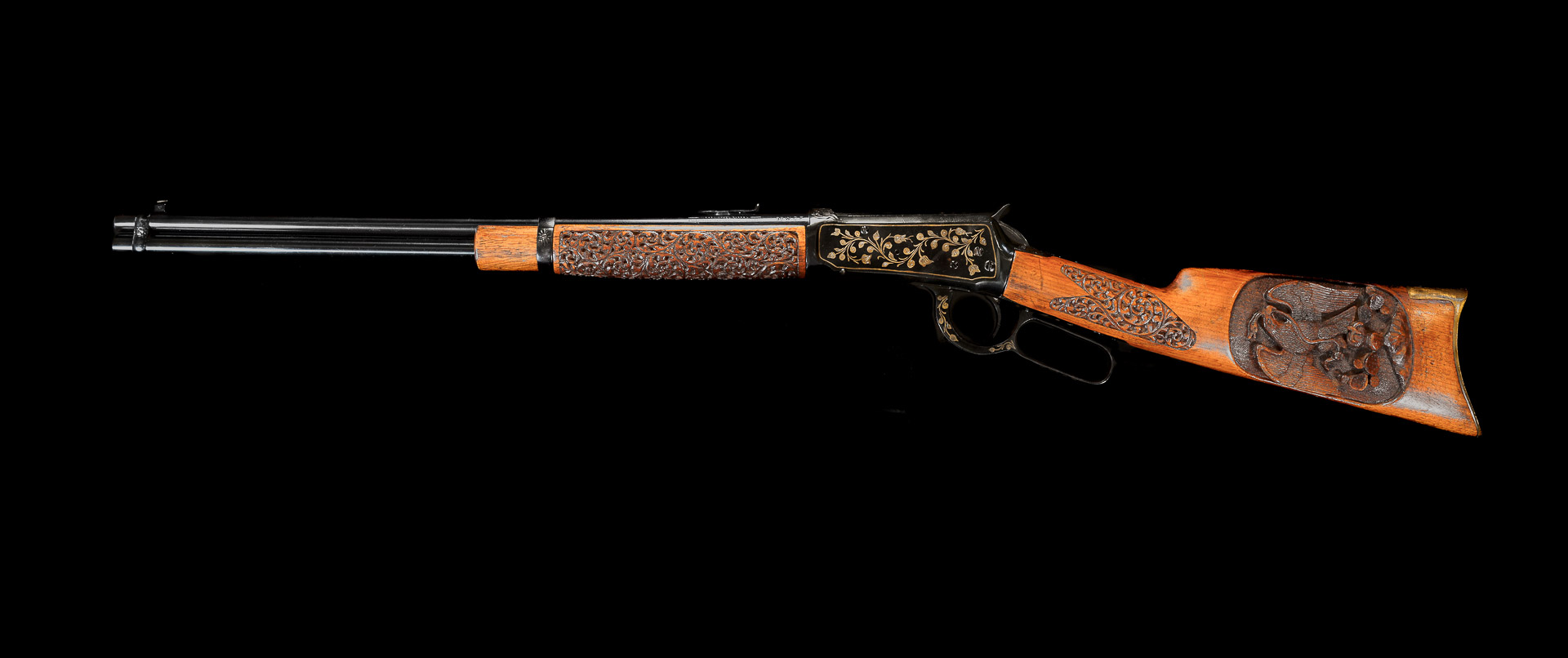
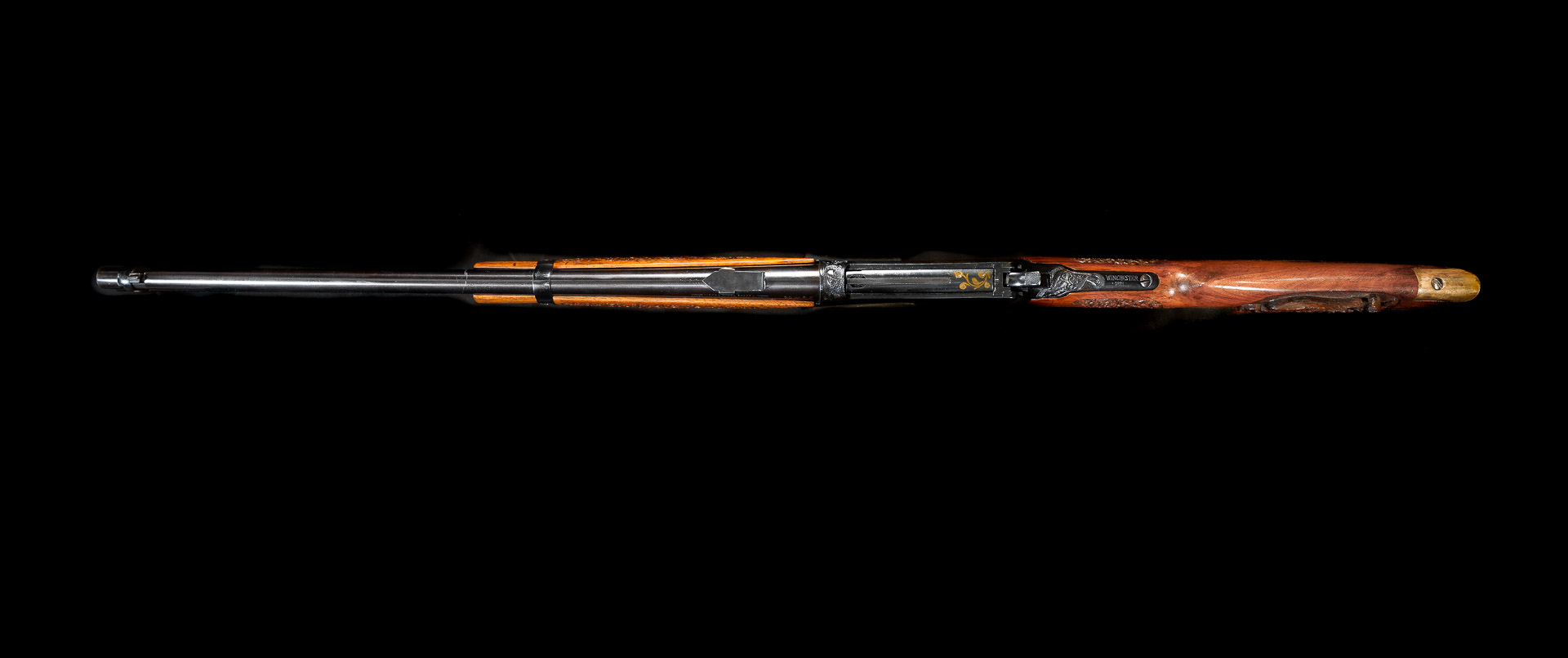
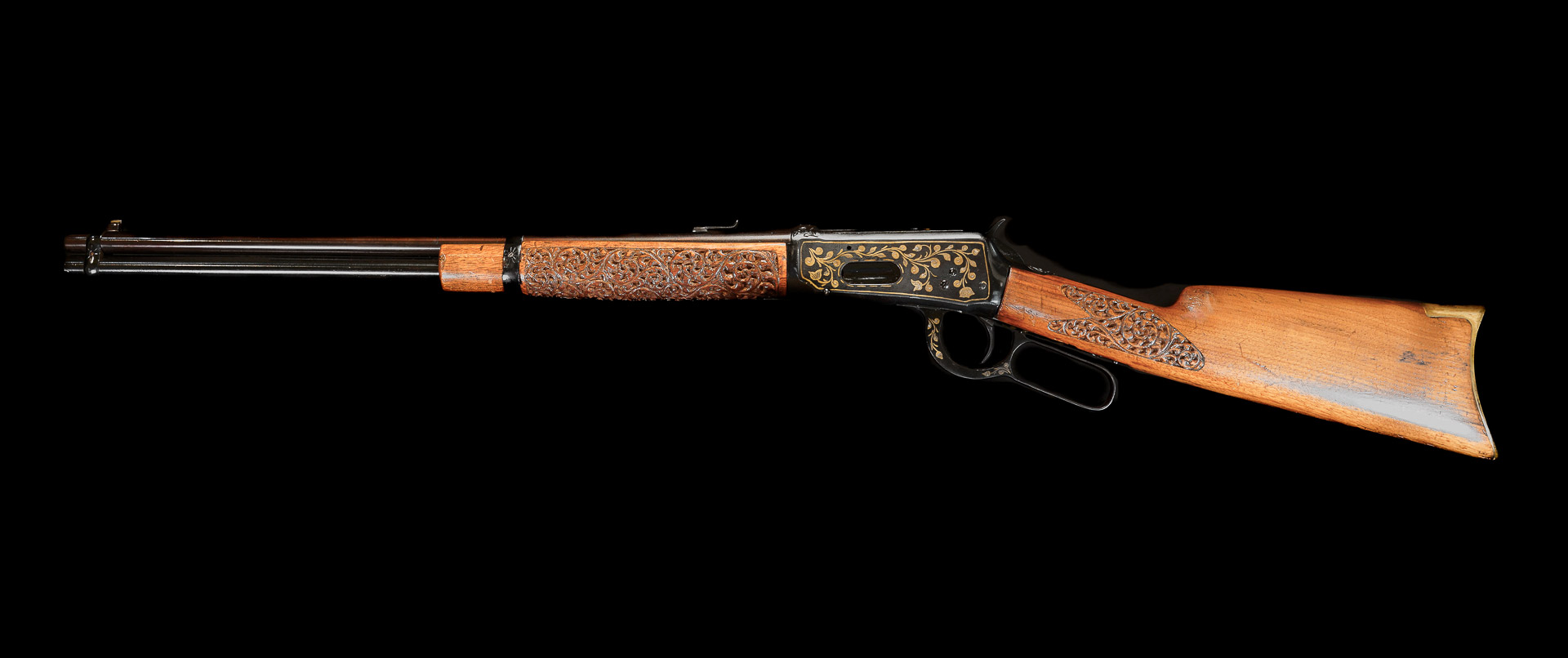
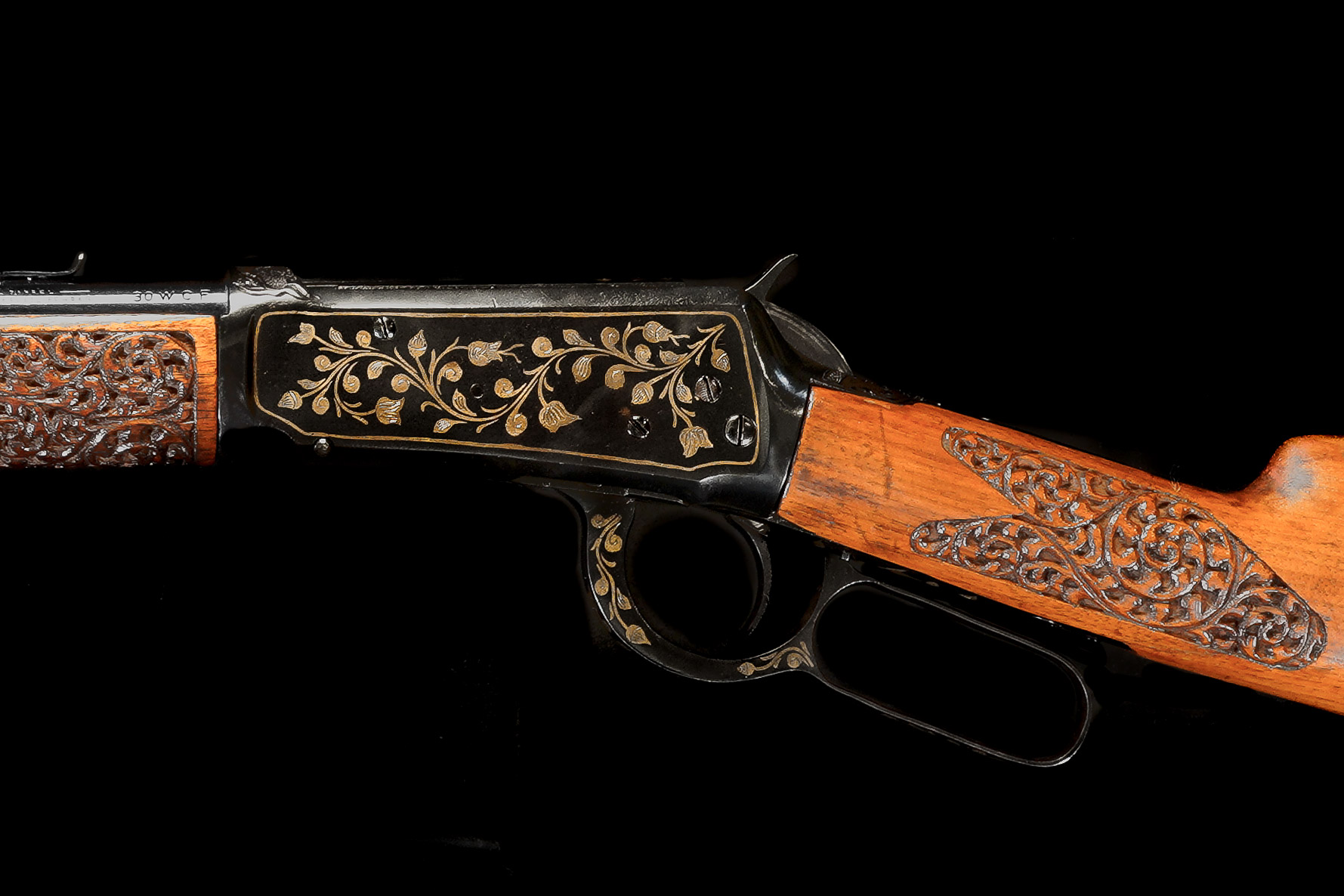
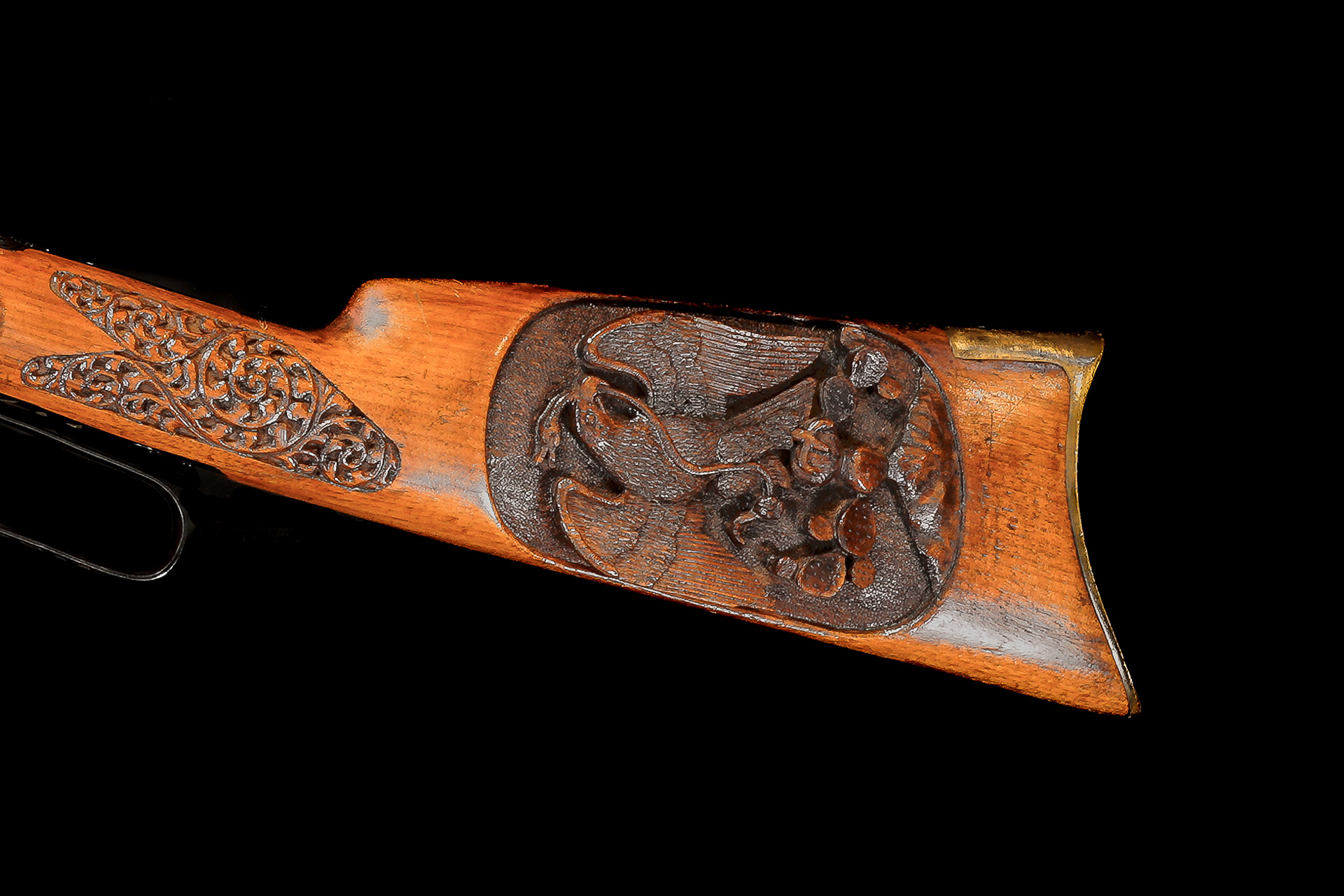
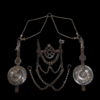

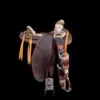

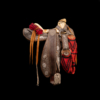


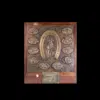
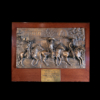
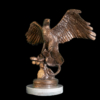
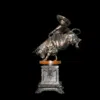

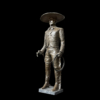

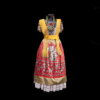

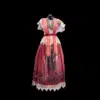 Antonio Gegundez
Antonio Gegundez